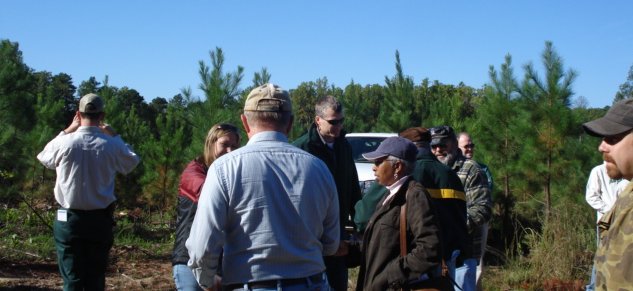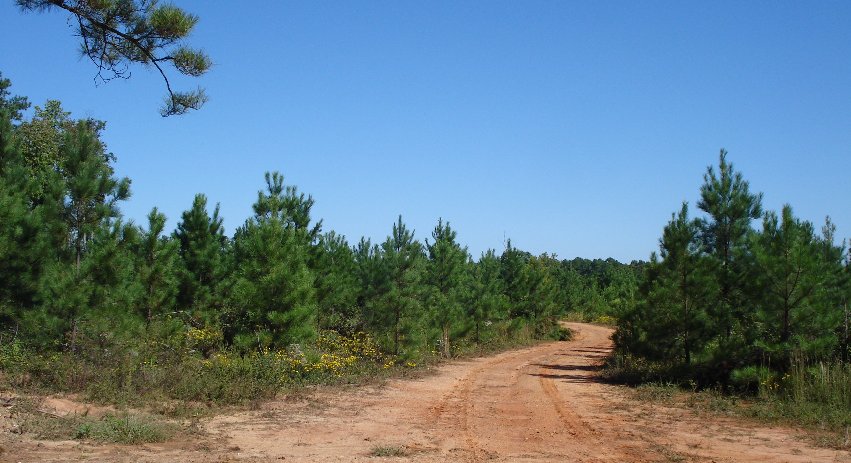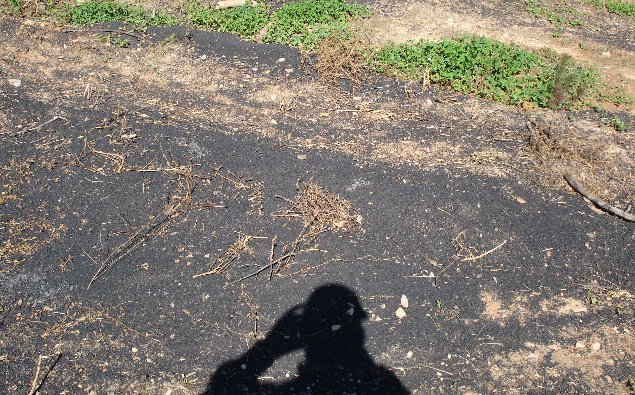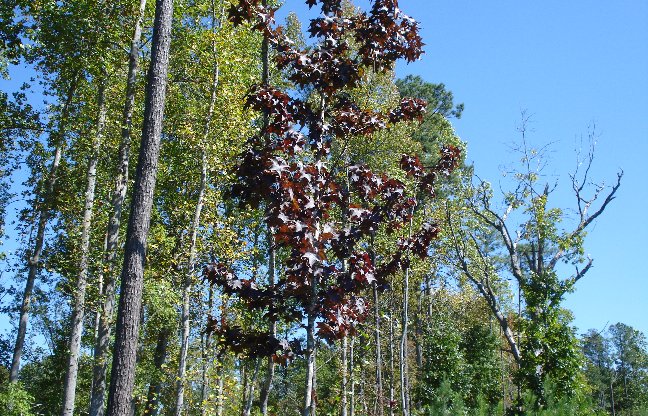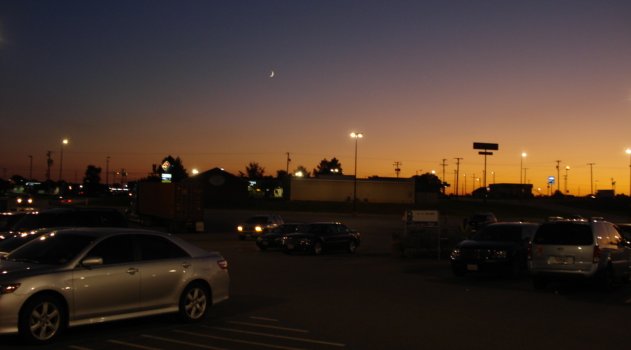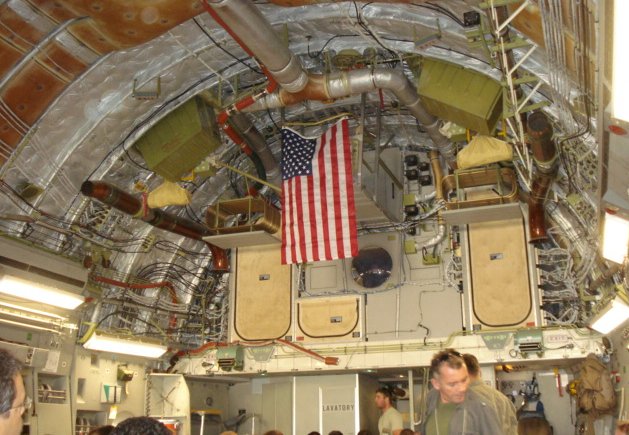Below is a pond on Ft. Pickett near Blackstone, Virginia. I was there during my field day mentioned a few posts back.

State Department has a course on leadership that I will take and they sent me some preliminary questions to prepare. Generally, they want us to think about the nature of leadership. It is not easy to define. I have seen those who seem to be the ultimate leader in their manner or comportment, yet the organizations they run produce little. On the other hand, there are those who seem barely aware that they are in charge whose teams produce phenomenal results. Since the essence of leadership is the ability to produce results through the efforts of others, we must conclude that that second kind of leader is better.
Leadership in government is particularly hard to judge because we don’t have a bottom line. Everything is political and subjective. People in government can win points just by being busy. In practical affairs, sometimes doing nothing or at least doing less is preferable to taking action or doing more. The non-action alternative is rarely available in government. Many times government officials are running around solving problems a smart leader would have avoided entirely. More often than we like to recognize the problems are actually caused by our own activity. The need to be seen to be doing something limits the efficacy of government. Government also comes with a specific overt limit on leadership.
We really don’t want government officials to be leaders. Think about it. Government is a public trust. Government officials work within the rules ostensibly created by the people and their representatives. Leadership usually involves setting new courses, changing paradigms and innovating, i.e. changing the rules … unilaterally.
Leadership always concerns making decisions in the climate of risk and uncertainty. Otherwise it is just administering rules. The leader decides and leads others in toward the goal he defines or discerns. Government bureaucracies are designed to make that difficult or impossible. Let me emphasize that point. They are DESIGNED to limited freedom of action. It is not a by-product or a mistake. Government systems are and must be designed to limit innovation by those operating them.
This is an important distinction that divides private enterprise from government administration. Government and free market techniques overlap, but they do not occupy the same space. There are things government can do and private enterprise cannot and the reverse is also true. That is why is doesn’t make much sense to advocate more or less government w/o determining the appropriate TOOL to be used.
It is not appropriate to ask government to innovate. Government always must follow a set procedure. If government officials or bureaucrats deviate too far from the rules and regulations they are, by definition, acting illegally. That doesn’t mean government cannot be creative if given a task. The USG sent a man to the moon and brought him safely home. But it cannot do the kinds of innovations that determine truly new courses or preferences. Government cannot legitimately be entrepreneurial. Government consumes wealth; it does not create it.
Private individuals and firms create wealth. However, government is necessary to the production of wealth. W/o the rule of law and reasonable regulation the private sector cannot create wealth, since individuals and firms cannot protect the wealth they create. Government must provide the legal and often the physical infrastructures. Since government has a monopoly on the legitimate exercise of coercion, only it can perform this function.
Lately I have been thinking about my government job in relation to my “job” on the tree farm. In the past year, I have made decisions in both jobs that put thousands of dollars at risk in the anticipation of greater good. In the tree farm, it is my money. I will benefit if I am right and suffer if I am wrong, so it is really nobody’s business to second guess me. I can also do things just because I think they are good things, with little or no anticipation of a concrete return. For example, I spent a couple thousand dollars on wildlife plots, which I never expect to pay off in any practical sense. I have a personal preference for that. I can feel generous and virtuous for improving the environment. My land is nicer, but only in my opinion. In government I cannot and should not allow my personal preferences to impact decisions. It is not my money. Nobody can be generous or virtuous giving away the government’s money. As ePRT leader, I had a lot of discretion, but it was a very different sort of discretion spending taxpayer money and using Uncle Sam’s resources.
As a government official, I have a duty to LIMIT my own leadership and not elevate my own preferences beyond my assigned mandate. It is a significant responsibility. I can exercise leadership, but only in the predetermined direction. It is not like running your own show.

